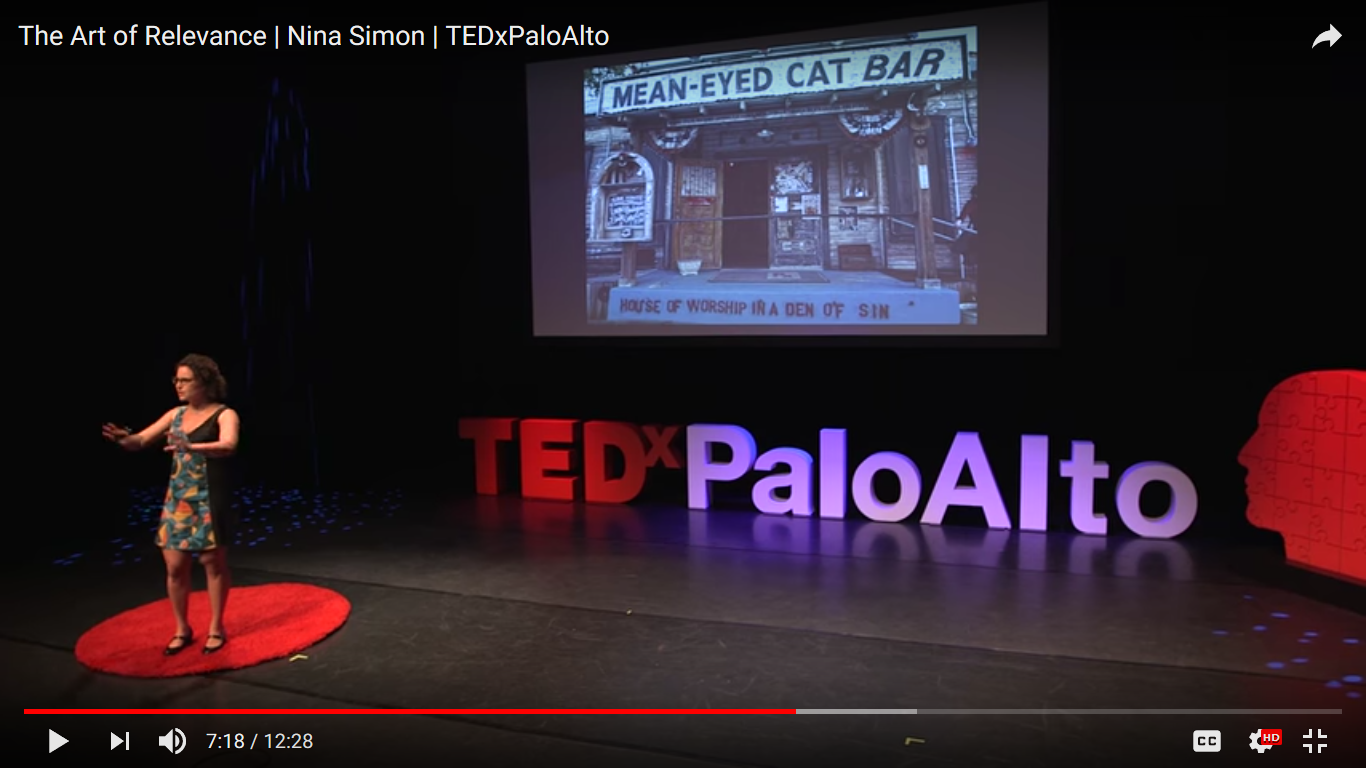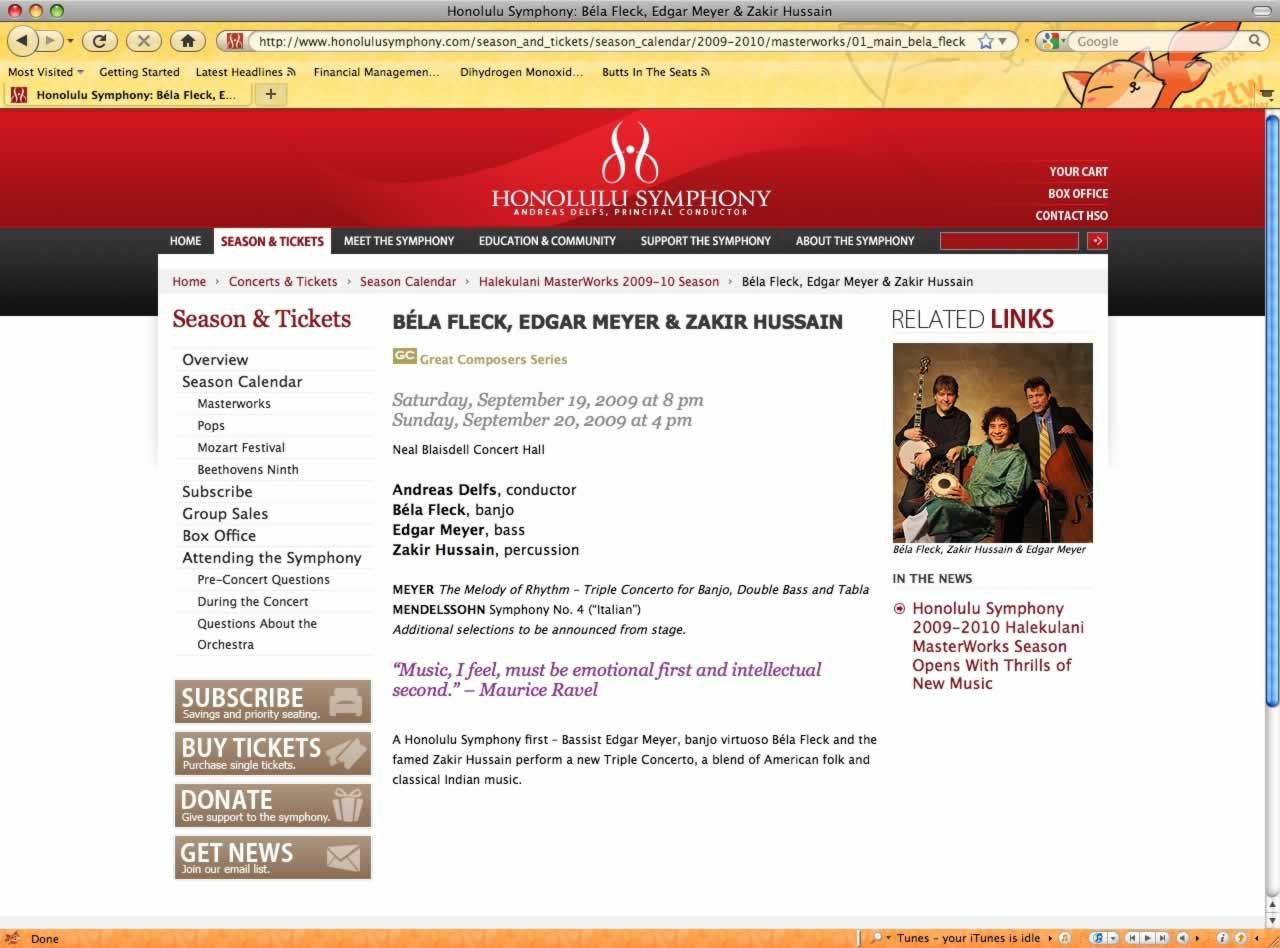Back in May I wrote about research Colleen Dilenschneider and the folks at IMPACTS derived from the National Awareness, Attitudes, and Usage Study regarding what factors help them to feel welcome. Briefly, it was when they they saw themselves and stories/images relevant to them on the stage or on display as well as seeing staff, audience members, and marketing materials that reflected themselves and their community.
In mid-November, Dilenschneider and her team posted the results of responses about what made an experience dissatisfying and the role staff could play in mitigating those issues. (subscription required) They separate the dissatisfying issues out for exhibit and performing arts entities.
For exhibit based organizations, the top five issues were: customer service (e.g. rude staff), parking, onsite technology issues, access issues (eg. traffic), other cost factors (eg. non-admission costs). Admission costs came in sixth.
For performance based organizations, the top five issues were: Rude patrons/guests, customer service (eg rude staff), access issues (eg. traffic), restroom availability, ticket policies (subscriber priority/exclusivity).
I was somewhat surprised to see the subscriber priority/exclusivity as an issue. Not only haven’t I seen that come up as an issue before, with all the reports of declining subscription and ticket sales, I wouldn’t think people would feel subscribers were snatching up all the good seats versus the past. I would really love to get more information about this. I half wonder if cultural organizations are doing a better job of communicating subscription and subscription benefits in recent years and newer audiences who weren’t accustomed to attending performances with high subscription rates are noticing the same chunk of preferable seating is occupied for every performance across months. They may also conflate this disappointment with resellers snatching up all the seats for concerts.
While I said I was only listing the top five, there were a couple results further down the list that caught my eye. Seventh on the list was onsite technology issues (no wifi/slow wifi). For exhibit based organizations, onsite technology issues were related to inability to buy tickets onsite and difficult to use digital engagement tools which sounds like a combination of bad wifi and experience design.
The bad wifi complaint is an indication of people’s expectations. Especially in the context that the eighth issue for performance events is not being able to use your phone. To some extent bad wifi may be more of a feature than bug since performing arts venues often prefer people not use their phones. Allowing other people to use their phones was 15th on the list of factors that detracted from people’s satisfaction. Dilenschneider suggests that other people using their phones may also actually be part of the aggregate rude patron behavior category that appears at the top of the list.
The way staff mitigates the issues are what IMPACTS categorizes as “Personal Facilitated Experience” (PFE) (my emphasis):
A traditional museum cart experience can provide a PFE. A volunteer showing you to your seat at the theater can provide a PFE. An entryway greeter can provide a PFE. So can a stationed volunteer, a wayfinder, or even a particularly attentive clerk at a museum store. Personal Facilitated Experiences are often unexpected, and they are considered PFEs if a visitor is able to recall that interaction after their visit is over and identify it as meaningful to their experience.
Shows, talks, or tours – while certainly providing value to an overall experience – do not constitute a PFE, as the market considers PFEs powerful due to the personalized attention and one-on-one nature of the interaction. While these other types of encounters are an efficient way of interacting with groups and larger numbers of guests, they do not always provide the kind of personalized experience that leads to the steep increase in overall satisfaction that is the topic of this article.
As with many things, nuance is important. While tours are not perceived as PFE, a behind the scenes experience was the number one PFE giving satisfaction for exhibit based organizations followed by exhibit interpretation. I think it would be easy to categorize those things as tour-type activities but patrons perceive it differently. Complimentary admission for a revisit and complimentary gifts were the next most satisfying experiences for exhibit based entities.
For performing arts organizations cast interactions and behind the scenes experiences were at the top of the list followed by complimentary gift and wayfinding as specific experiences.
The article goes into some detail about what constitutes each of these experiences. Just for clarity, I did want to excerpt the explanation for two of them:
A complimentary gift or product need not be expensive, but instead provides a moment of personalized interaction or it may facilitate an experience. Remember the plastic wings that some of us kids received when we boarded a plane? That’s an example. Our Content Strategist, Bethany (who is also one of this article’s editors) has a sweet story about taking her firetruck-obsessed son to the Western Reserve Fire Museum and receiving a red plastic firefighter hat from a kind staff member. Her son loved the hat and wore it all day at the museum – and kept it until it broke nearly two years later! In this case, Bethany believes that her satisfaction increased even more than 2.5%, the average for a complimentary gift.
[…]
Behind-the-scenes experience … This need not include actually showing people a private room, giving a glimpse behind the stage, or providing special access to a private elevator for a guest who might need it…More often, this is perceived to be behind-the-scenes information. Unlike exhibit interpretation, wherein the content shared is perceived to be “on script,” a behind-the-scenes experience is perceived to be “off script.” These PFEs represent a moment wherein a guest feels that it’s their lucky day to come across this particular staff member willing to share information that seems as if it is not given to just anyone. Security guards at art museums often deliver among the most impactful PFEs of this type, as they are able to share behind-the-scenes stories with visitors…and many guests still don’t expect to have positive, personal interactions with these individuals.




I've been to a few of the Science on Tap events, though I never gave a talk at one of…